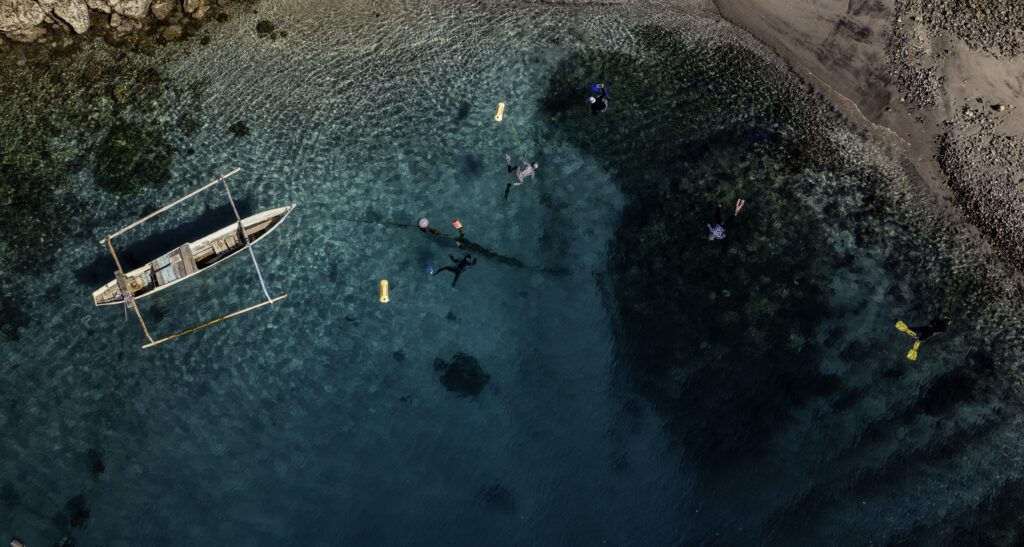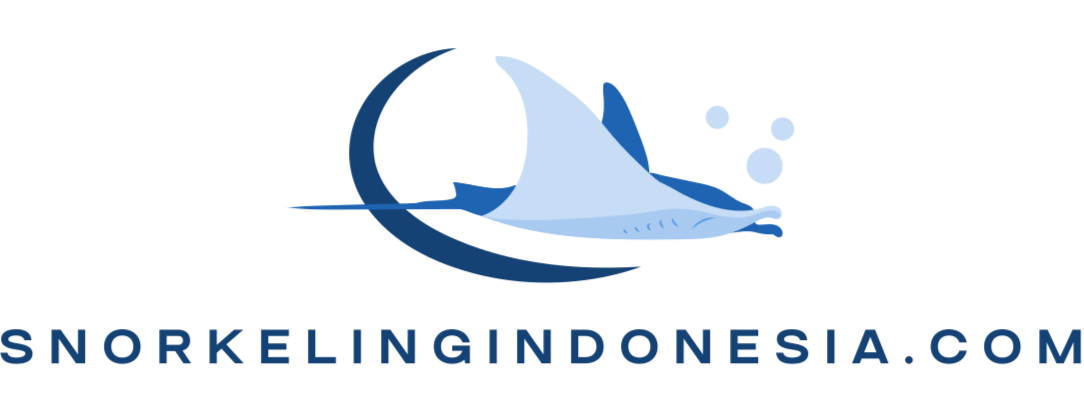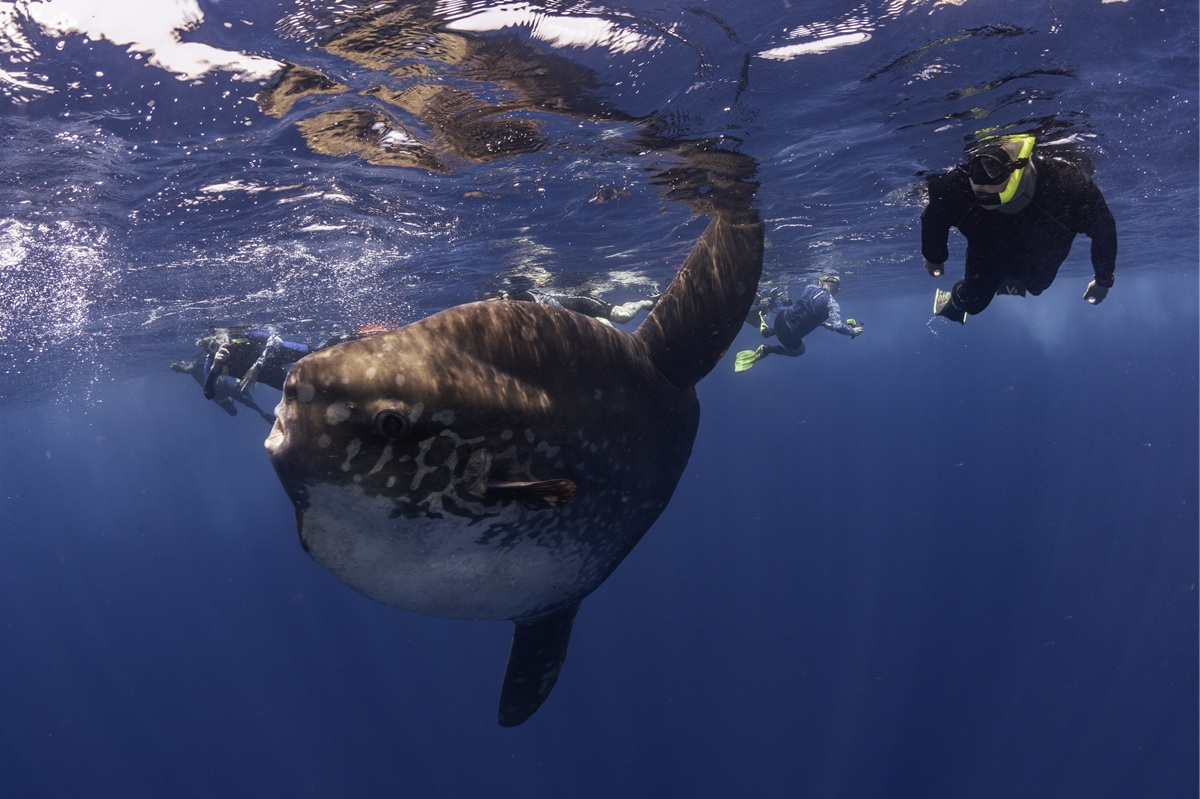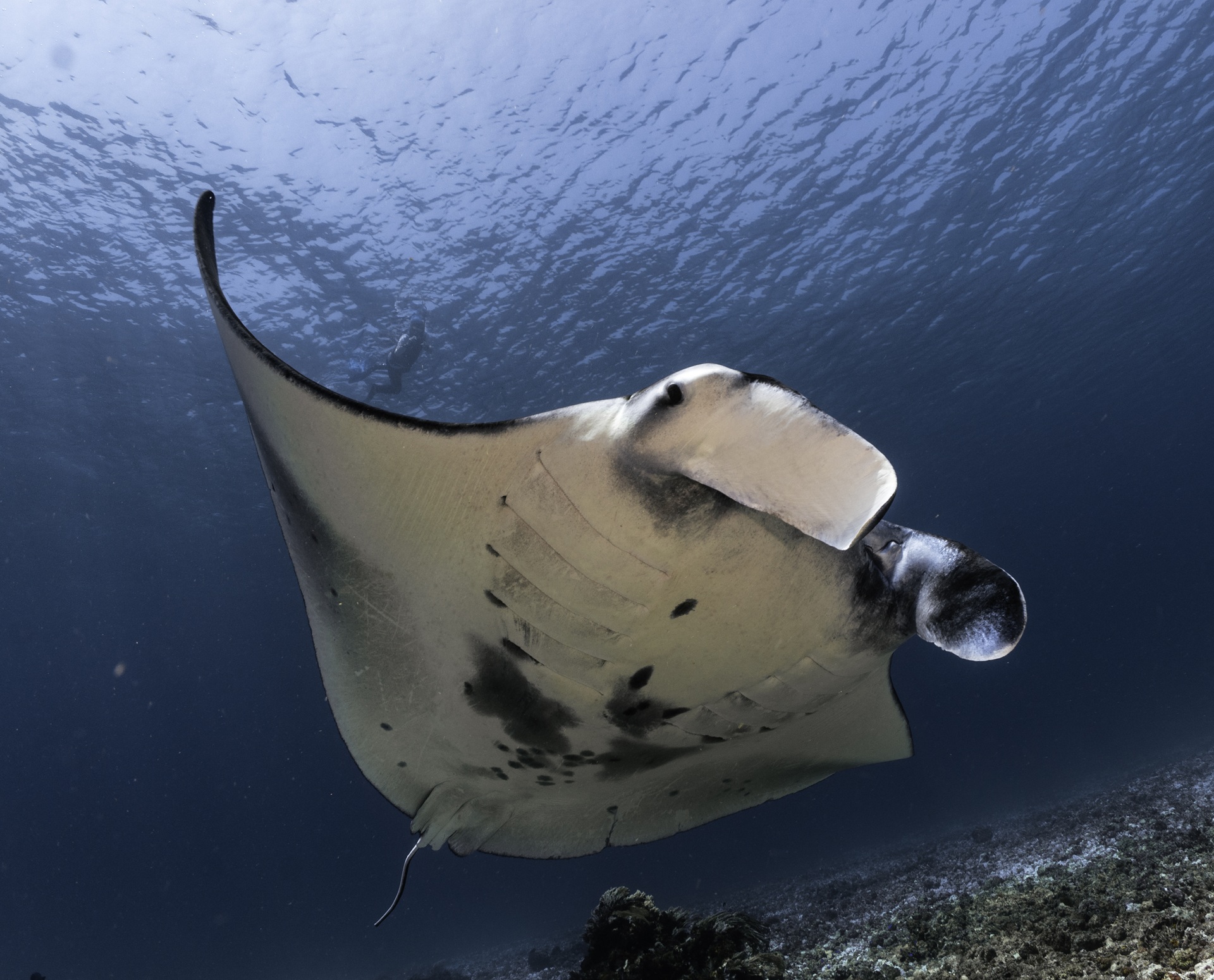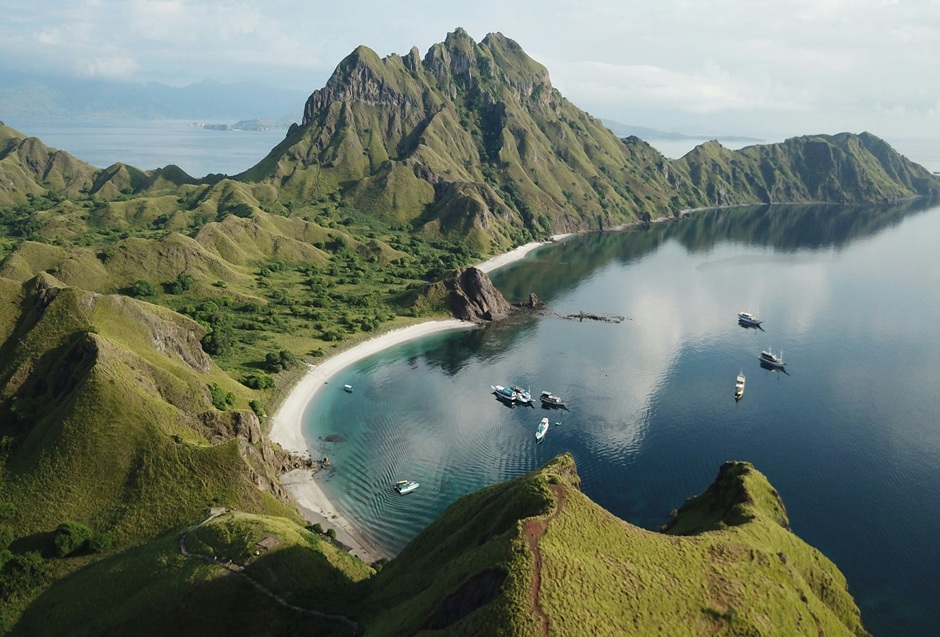Snorkeling in Alor: A Journey to Indonesia’s Remote Reefs
Alor is where Indonesia’s snorkeling magic remains raw and untouched. Tucked deep in the eastern reaches of the archipelago, this remote group of islands in the province of East Nusa Tenggara offers some of the most pristine, vibrant reefs in the country — without the crowds.
With dramatic landscapes, traditional villages, and rich marine biodiversity, Alor is the kind of place where every snorkel feels like a private expedition. Whether you’re drifting over coral-covered slopes, spotting rare species in sheltered bays, or observing local fishermen using time-honored techniques unlike anywhere else in Indonesia, Alor delivers a truly wild and authentic snorkeling experience.
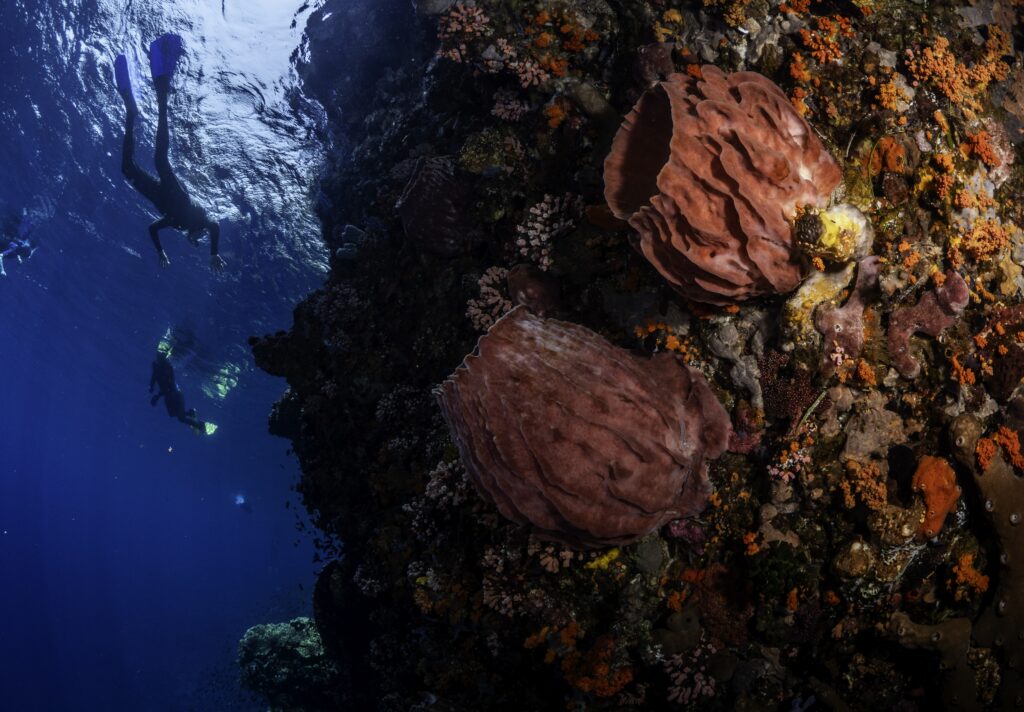
The Underwater World: What to Expect
Snorkeling in Alor is defined by clarity, color, and solitude. The region lies within the heart of the Coral Triangle, where nutrient-rich currents feed extraordinary marine ecosystems.
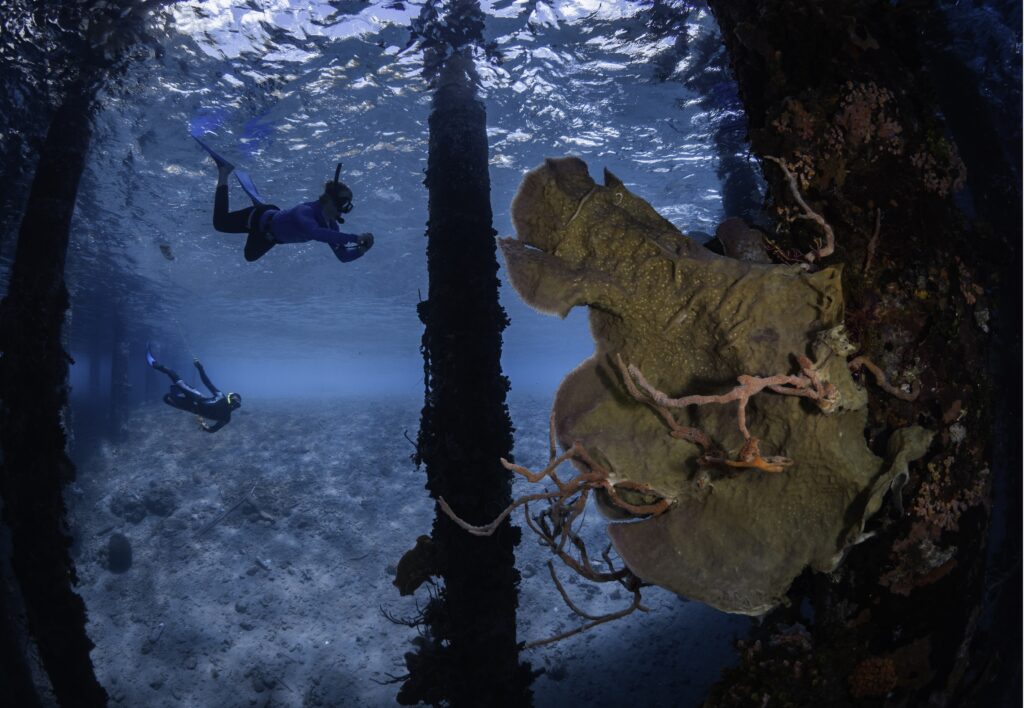
Remote Reefs and Rare Encounters
Alor’s coral reefs are in exceptional condition, with very little damage from tourism or fishing. Expect to see enormous coral bommies, densely packed soft and hard corals, and an abundance of reef fish.
Favorite spots like Pulau Pura, Pulau Ternate, and Kalabahi Bay offer calm, shallow snorkeling over coral gardens teeming with life — from butterflyfish and angelfish to octopuses and sea snakes.
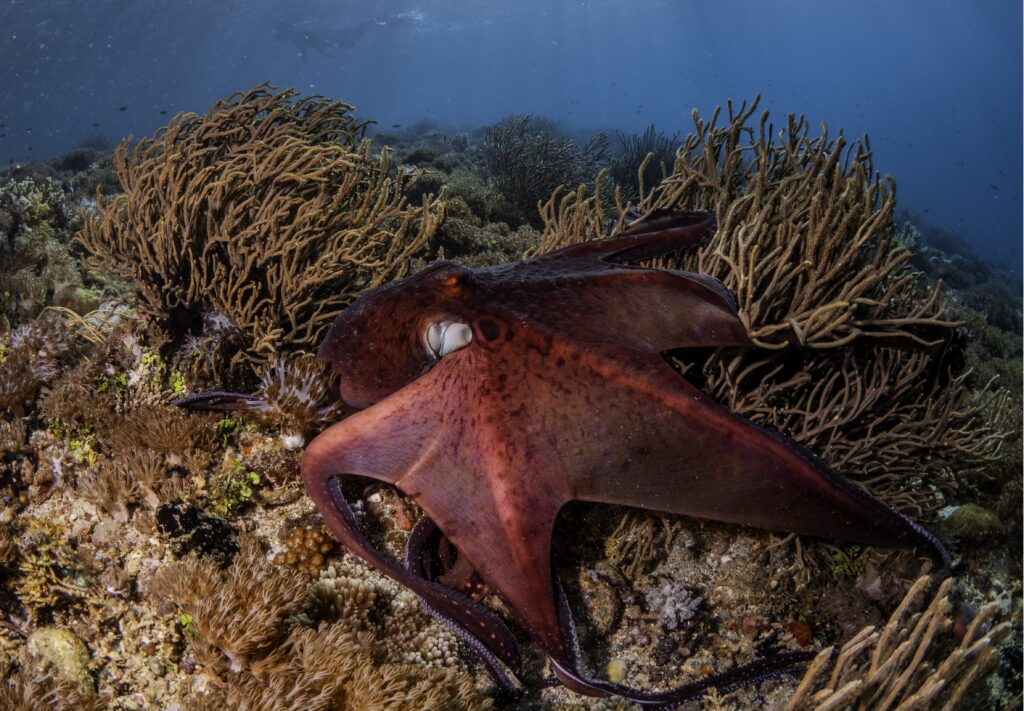
Macro Meets Mega
Alor’s marine diversity is astonishing. In one snorkel you might spot a juvenile boxfish the size of a marble, a mimic octopus disappearing into the sand, or a ribbon eel weaving through coral. The macro life here is world-class — full of strange, rare, and colorful species that thrive in Alor’s nutrient-rich waters.
But Alor isn’t just about the small stuff. These deep, remote waters are part of a migratory corridor for blue whales, sperm whales, and other large cetaceans, making it one of the few places in Indonesia where you might witness a whale surfacing in the distance. Massive pods of dolphins often travel through the channels and occasionally swim alongside boats. And during the right moon phase, snorkelers may even have the chance to see the elusive mola mola — the ocean sunfish known for its surreal, otherworldly shape.
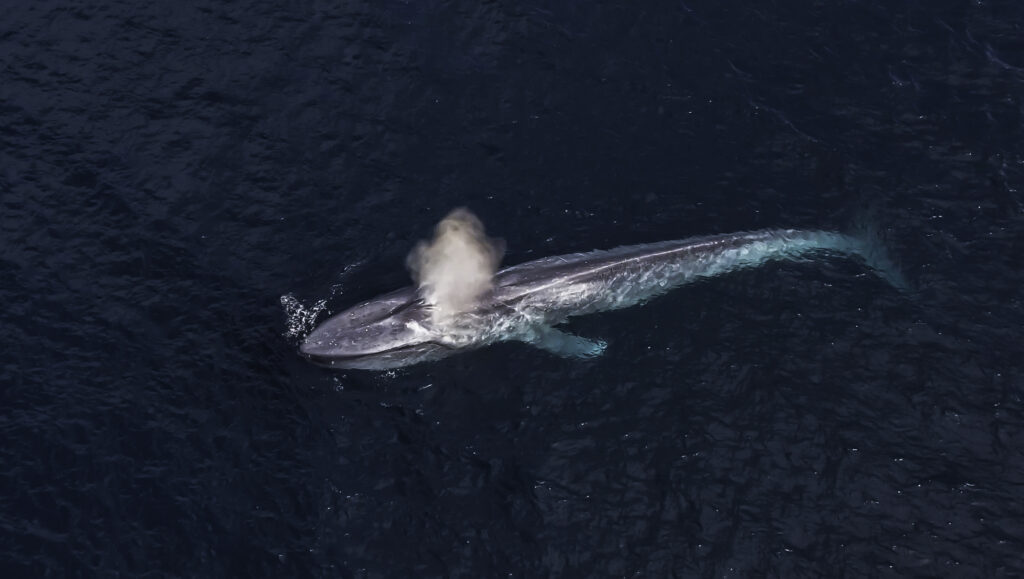
Exceptional Water Clarity
With visibility often exceeding 30 meters and few other boats around, snorkeling here feels like swimming in a private aquarium.
Note: Some areas are affected by strong currents, so always snorkel with a knowledgeable local guide or operator.
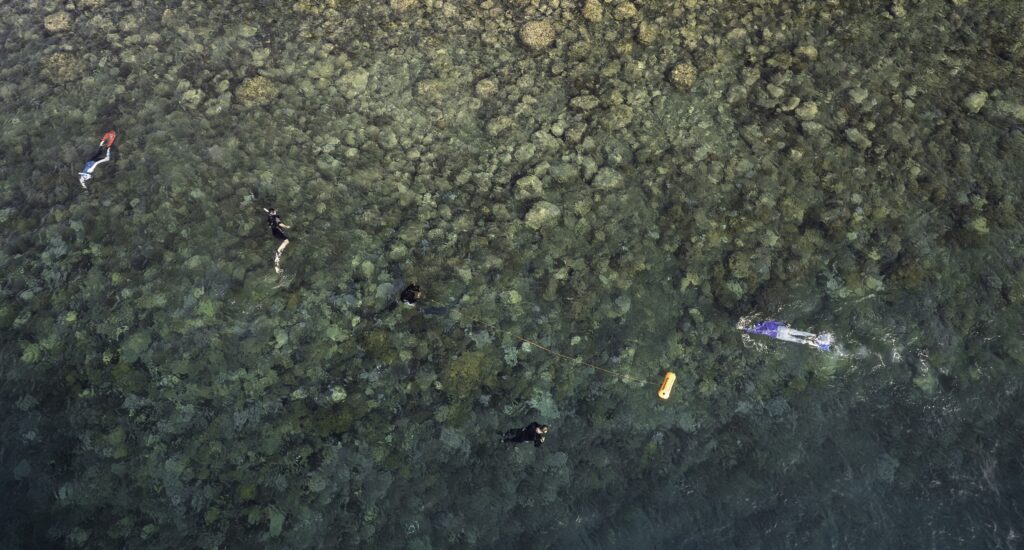
Above the Water: Culture, Scenery, and Solitude
Alor isn’t just about what’s below the surface. The islands offer rich cultural encounters and dramatic landscapes that make this destination even more special.
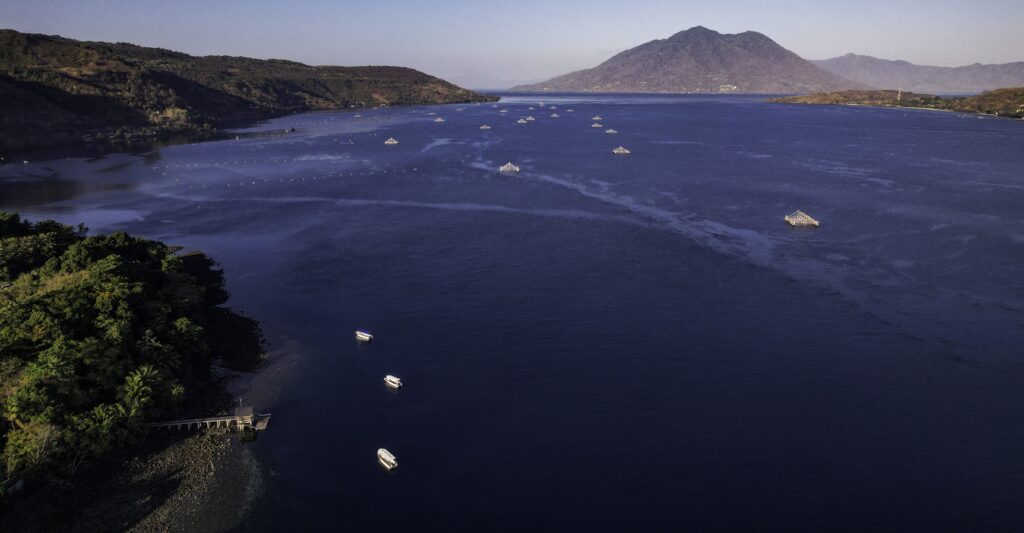
Traditional Villages and Weaving Communities
Alor is home to a variety of ethnic groups with distinct traditions. Visiting villages such as Takpala provides a glimpse into centuries-old lifestyles — stilted homes, handwoven ikat textiles, and ceremonial dances are part of daily life.
Volcanic Landscapes and Coastal Views
The island’s rugged interior is dotted with volcanoes, dry savannahs, and lush valleys. Whether you’re hiking to a viewpoint or simply cruising along the coastline, Alor’s raw natural beauty is unforgettable.
Quiet Beaches and Bays
Alor’s coastlines are mostly undeveloped. You’ll find black sand beaches, rocky headlands, and secluded coves perfect for a quiet afternoon after snorkeling.
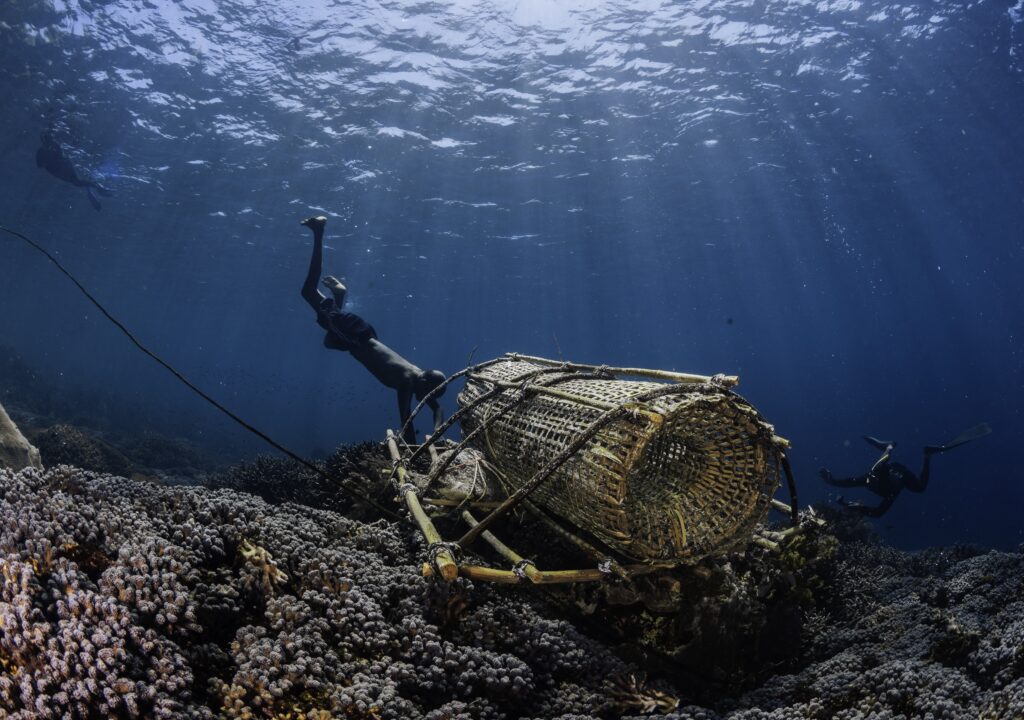
When to Visit Alor
Alor is a seasonal destination with two clear periods for snorkeling:
Dry Season (April to November)
The best time to visit. Calm seas, sunny days, and excellent visibility are the norm. Marine life is plentiful, and this is also when liveaboards typically operate in the region.
Rainy Season (December to March)
Rain and wind can make access difficult, and visibility may be reduced. Most boats leave the area during this period.
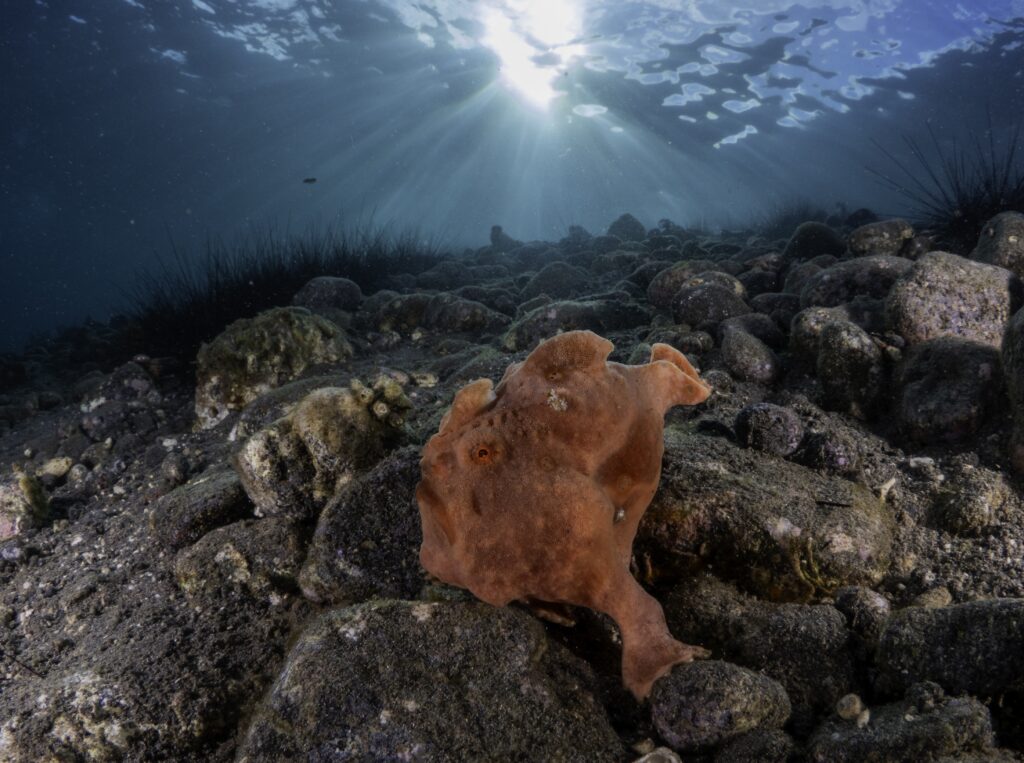
Water Conditions and Safety
- Water Temperature: Typically ranges from 25–28°C (77–82°F). Due to occasional thermoclines and long sessions in the water, we recommend wearing a 3 mm wetsuit for comfort, or even 5 mm if you tend to get cold easily — especially during shoulder months.
- Visibility: Often exceeds 30 meters — among the clearest waters in Indonesia.
- Currents: Can be strong in certain channels and exposed sites. Always follow your guide’s instructions and stay within designated safe areas.
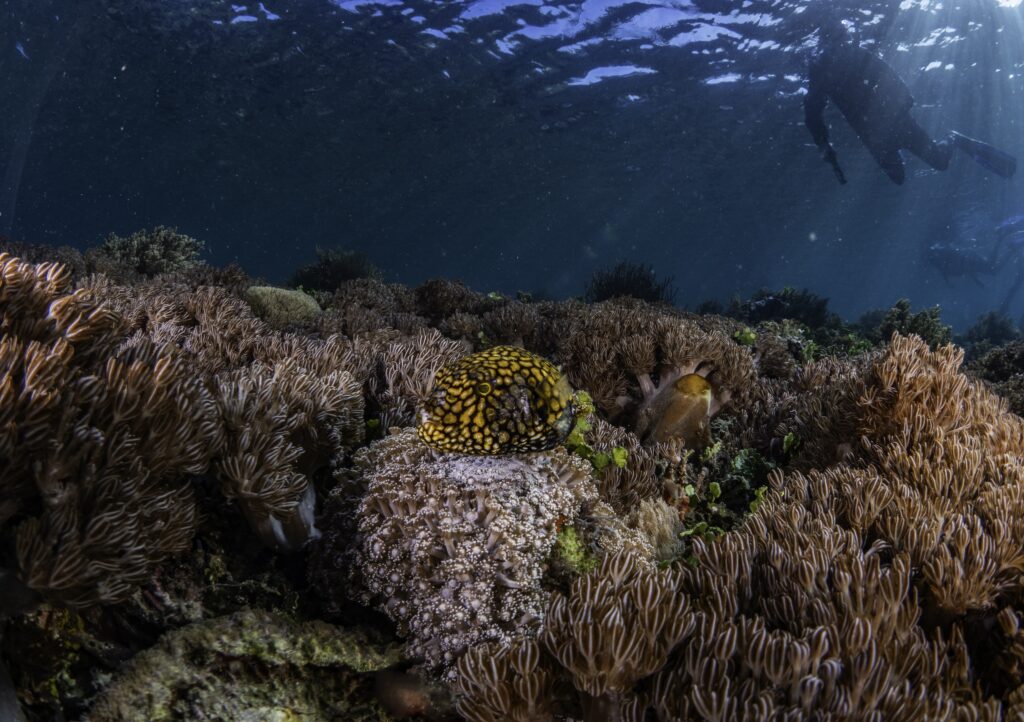
How to Get to Alor and Where to Stay
Reaching Alor may take a few steps, but the journey is well worth it. The easiest way to arrive is by flying into Alor Airport (ARD) via Kupang, the capital of East Nusa Tenggara. Daily flights connect Kupang to Alor, and Kupang itself is accessible from major Indonesian hubs like Bali and Jakarta.
Once in Alor, you’ll find limited but growing tourism infrastructure. A handful of guesthouses and eco-resorts are available around Kalabahi, the island’s main town, offering a good base for land-based travelers.
That said, the most rewarding way to experience Alor is aboard a liveaboard. Most snorkeling-focused boats begin their journeys from Maumere, Kupang, or Labuan Bajo, often combining Alor with other destinations like Komodo or Flores. Traveling by boat allows you to reach remote sites that would otherwise be inaccessible, wake up in a new bay each morning, and enjoy the freedom and flexibility of exploring the archipelago at your own pace.
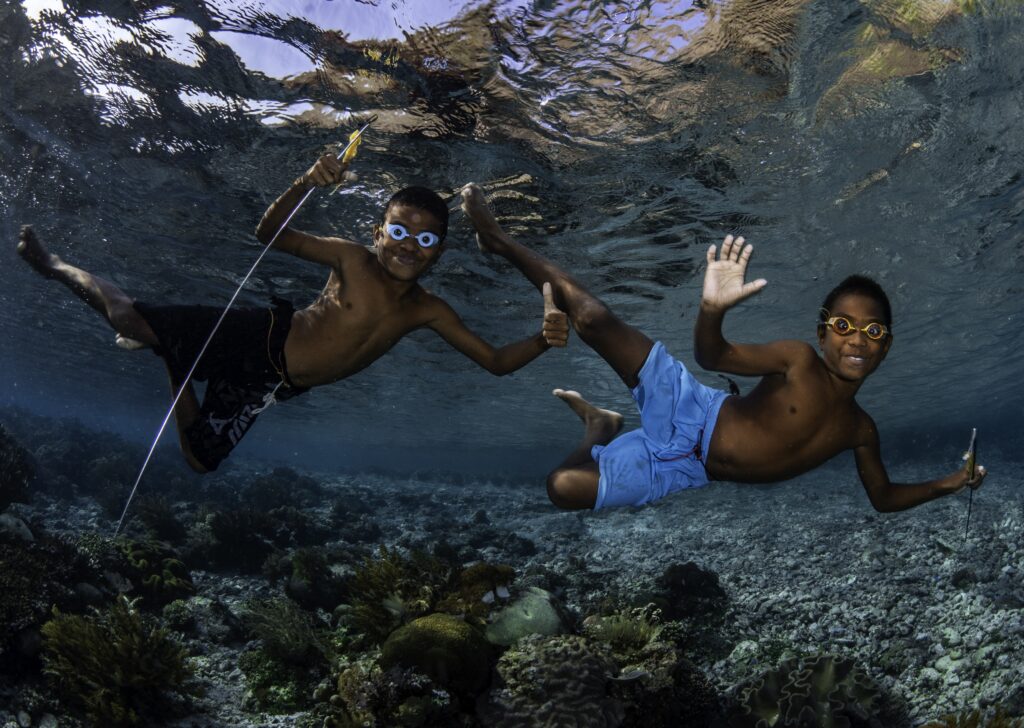
Day Trips vs. Liveaboards Snorkeling
While day trips from Kalabahi are possible, they’re limited in scope due to long travel times between sites.
A liveaboard experience offers far greater access to Alor’s best reefs, flexible snorkeling schedules, and the serenity of exploring remote waters far from shore.
Recommended Option: Komodo Dragon Liveaboards operates seasonal itineraries in Alor, offering handcrafted wooden boats, snorkeling-focused routes, and personalized service in one of Indonesia’s most remote and rewarding destinations.
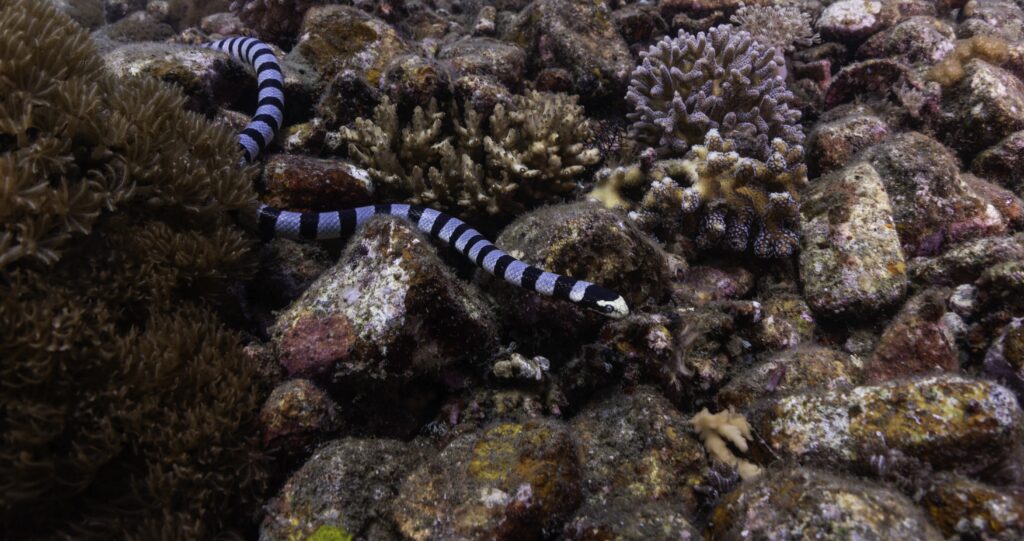
Final Thoughts
Alor is the kind of destination that rewards the curious and the adventurous. It’s a place where nature still feels wild, where coral reefs stretch on undisturbed, and where your only company might be a pod of dolphins or a quiet coastal village.
For snorkelers seeking something off the beaten path — unspoiled reefs, rich culture, and real connection with nature — Alor offers an experience like no other.
And if you want to see it all without rushing, discover hidden bays unreachable from shore, and snorkel the best sites in the best conditions — a liveaboard is the way to go.
